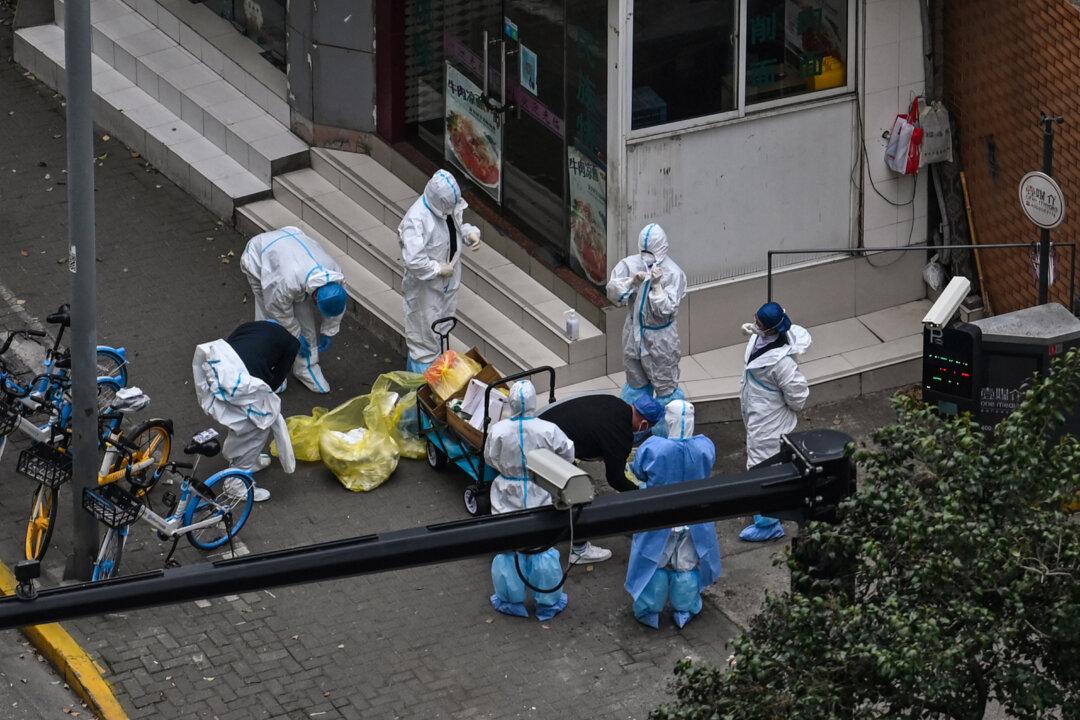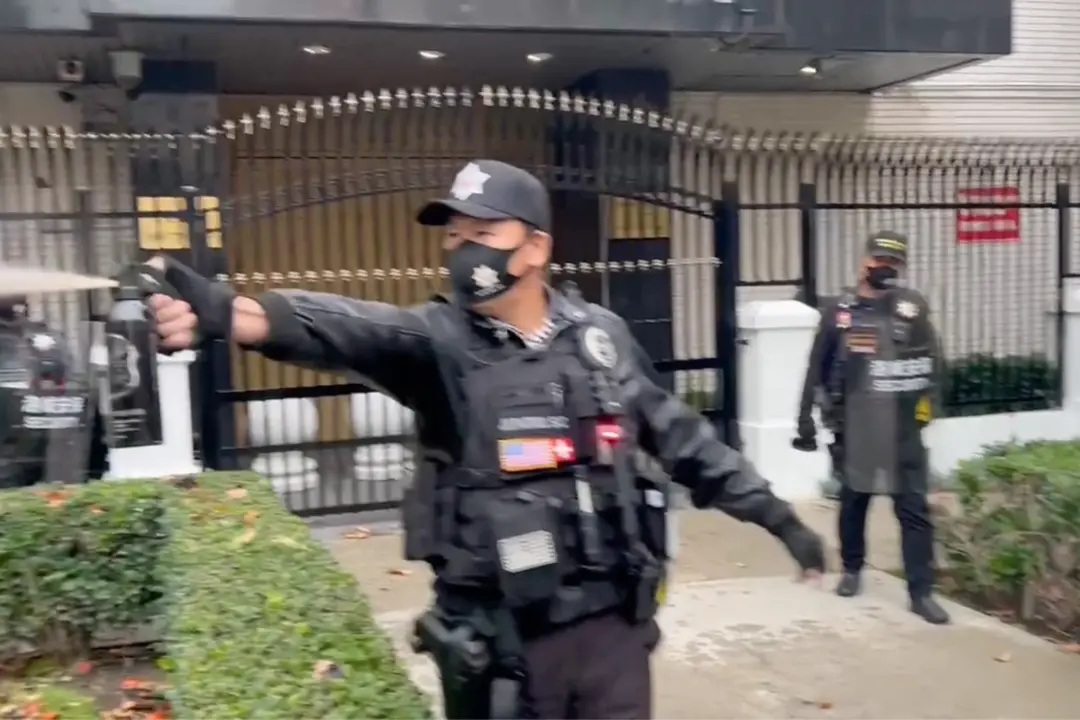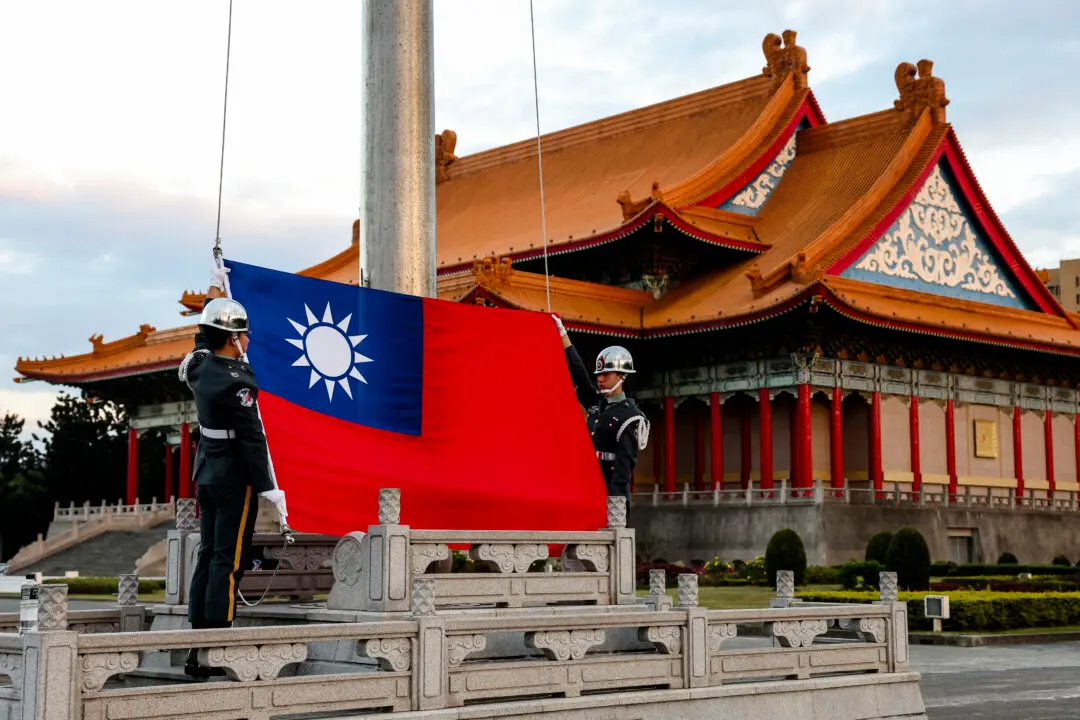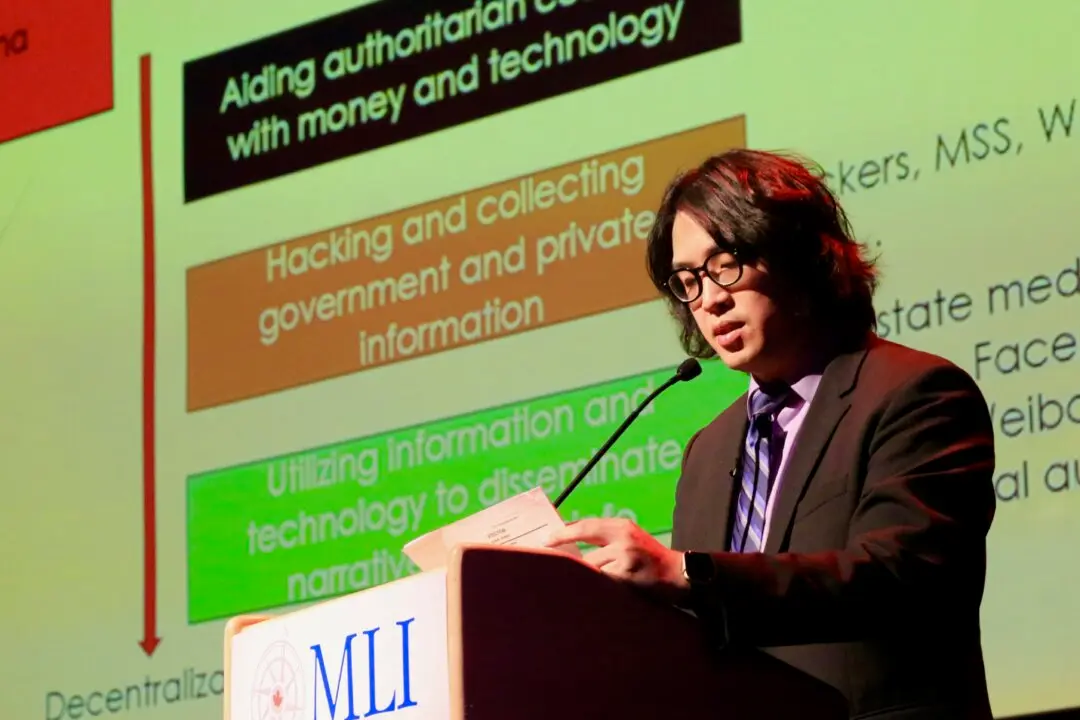Shanghai officials have insisted on continuing a strict “zero-COVID” policy after announcing that over 25 million residents have been tested for COVID-19, with no sign that the city’s lockdown will be lifted soon.
As of 8 a.m. local time on April 5, health officials in Shanghai said that the city’s 25.66 million residents had taken a mandated nucleic acid test, according to the municipal authority’s official account on China’s Twitter-like Weibo. The mass testing began on April 4, targeting the city’s entire population.





